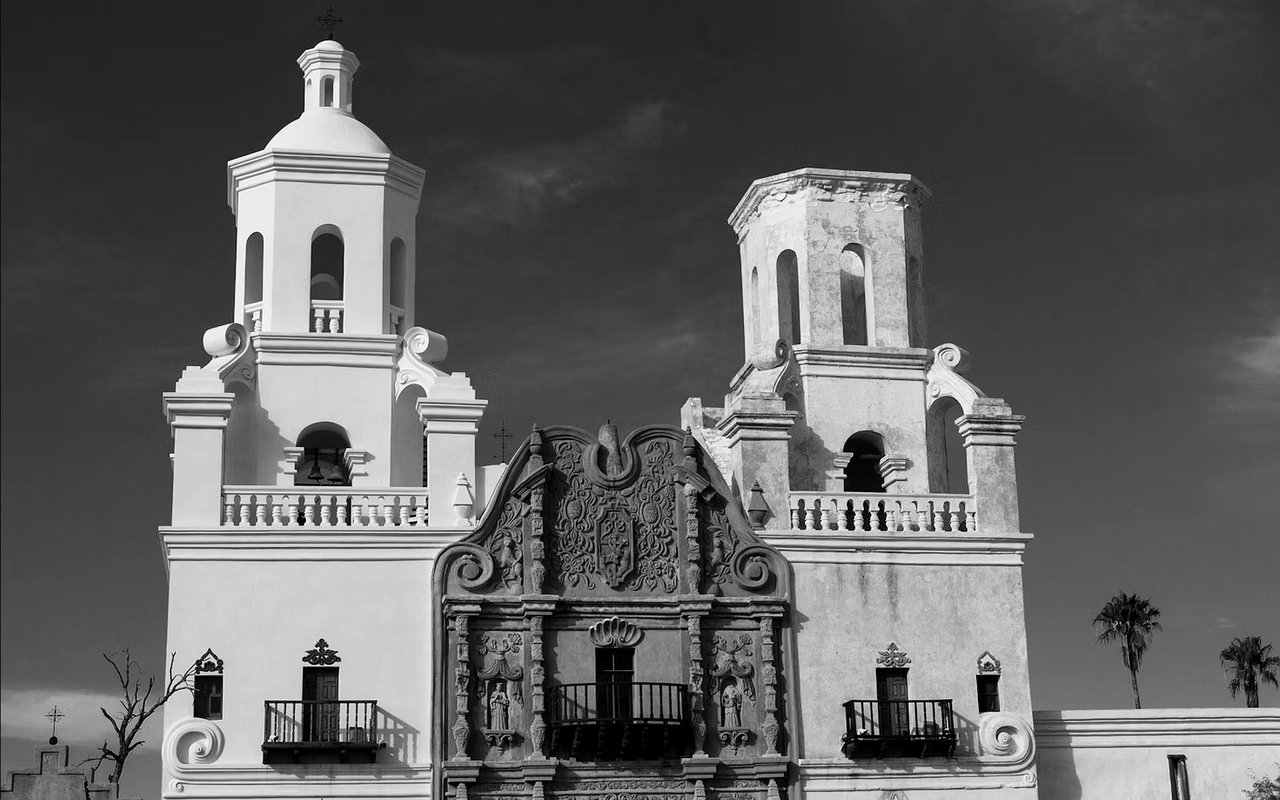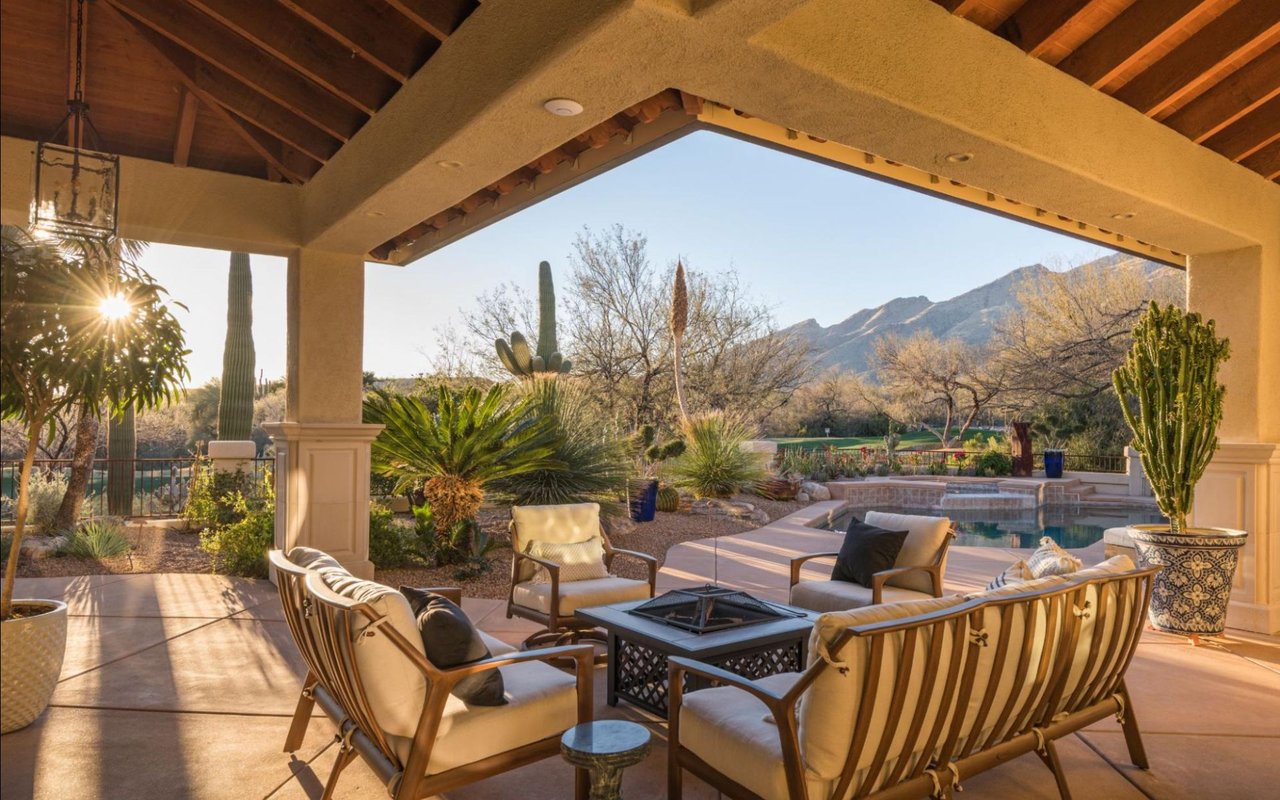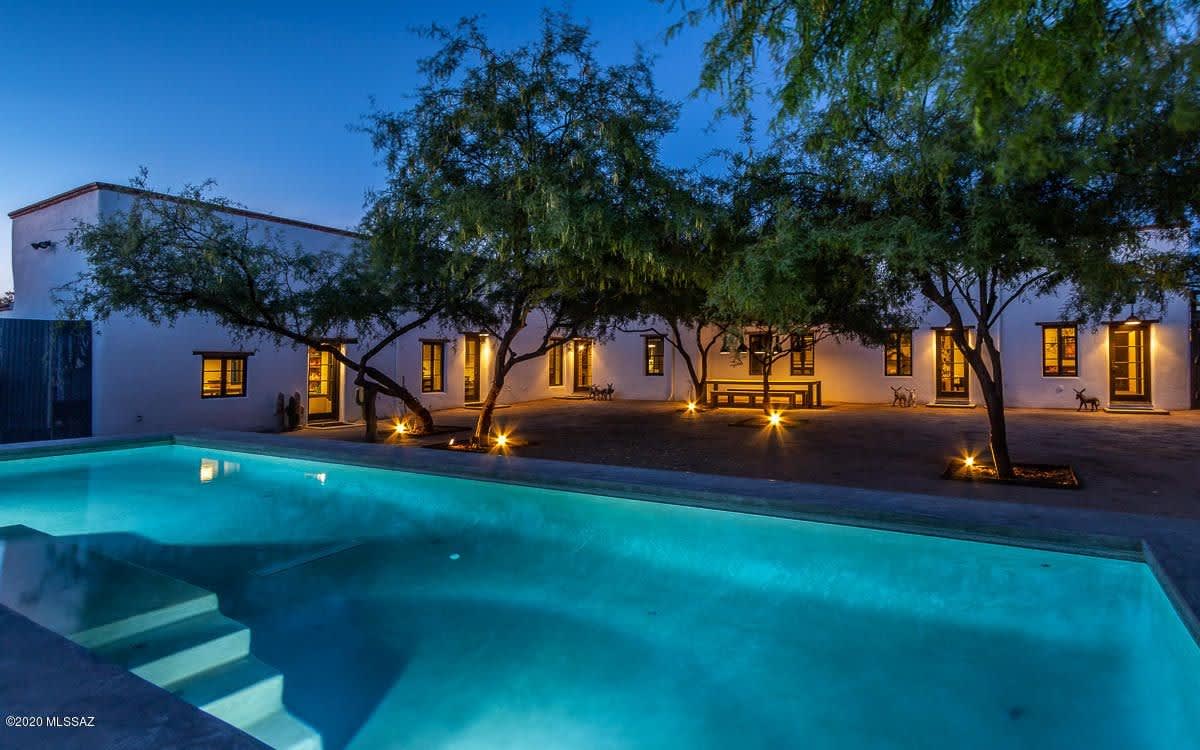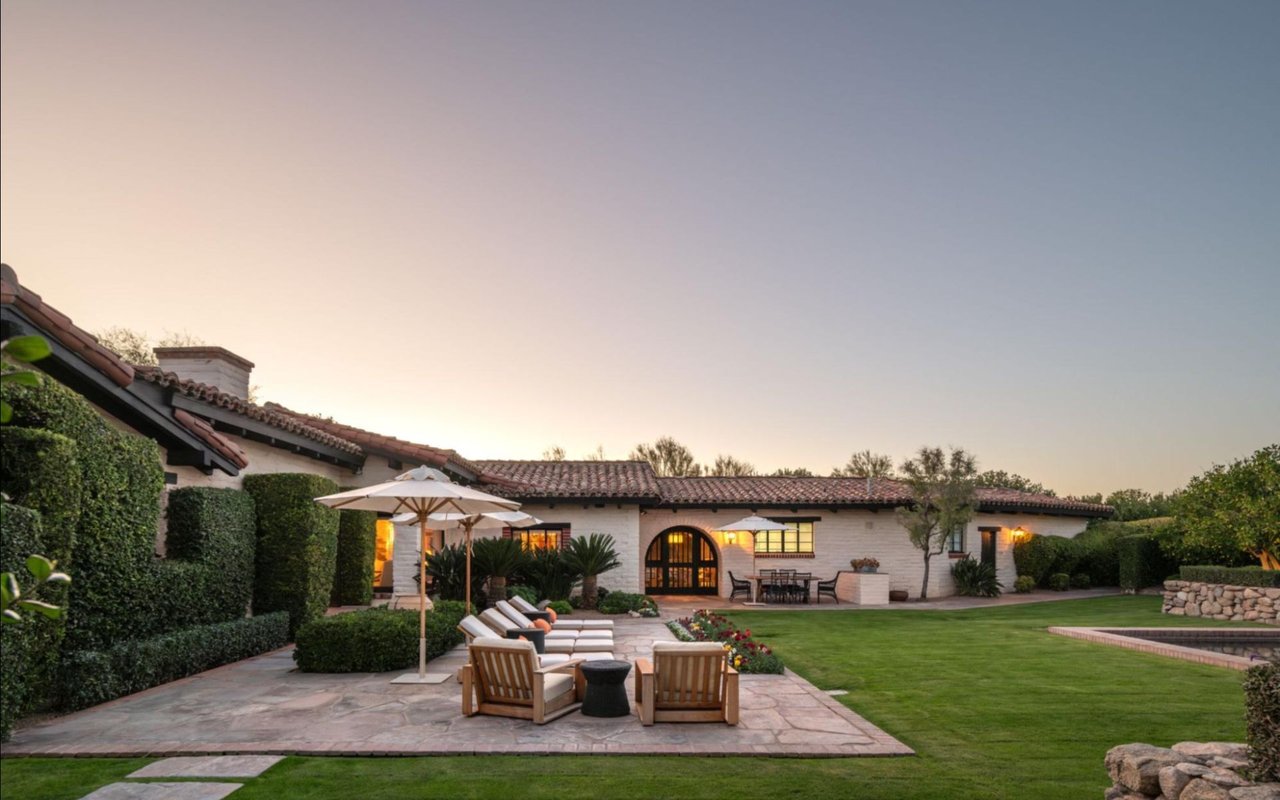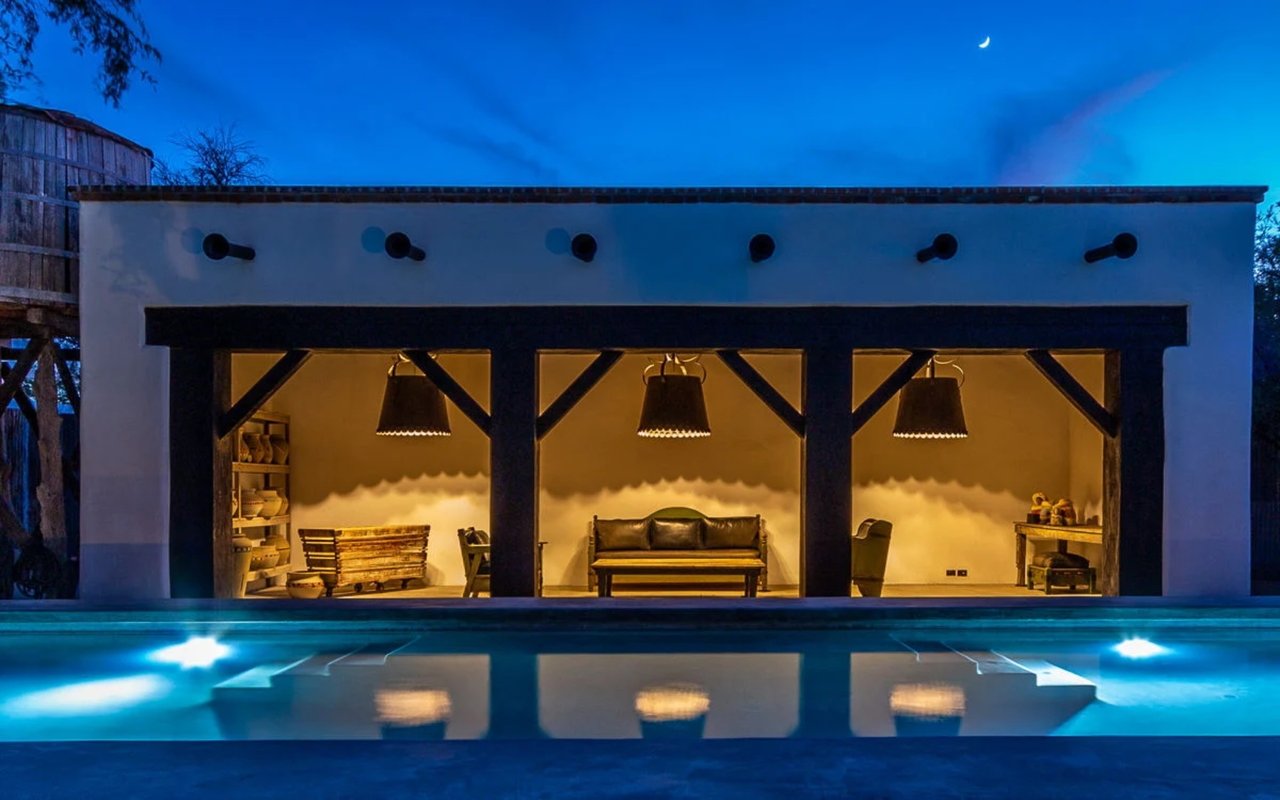A desert landscape is unlike most others in the country. Other cities and towns experience drought, but the desert is naturally in a perpetual state of drought by comparison. In the wake of climate change and resulting in widespread drought conditions, using water as frugally as possible is imperative.
Drought is relevant and difficult to gauge. In Thailand, afternoon rains are almost a daily occurrence, but if the rains passed up the city for a week, that could constitute drought conditions for their region. But for any region, the more readily available way to gauge drought is by agriculture; when the crops are thirsty, we’re thirsty! Drought conditions are more officially indicated by a 30-year record of an area’s rainfall, with dry spells marked as much less rainfall than an area’s usual amount.
Restoring green life to the landscape is essential to all life forms, but the catch-22 is that greenery needs water to survive. However, you can have your greenery and spare water, too! Obviously, you can plant succulents and cacti to keep a low-water landscape, or xeriscape, but there are varieties of trees that many homeowners wouldn’t suspect are compatible with our hardiness zone. Their foliage provides us with shade and a reprieve for mammals in the wild. You can either hire a talented landscape architect to plan your landscape or you can study up a little and do it yourself. Here are a few water-conservative trees that you can plant to beautify your home landscape:
Arizona Ash
Arizona ash uses moderate water, but it gives transplants from the back east a taste of home with familiar-looking leaves that turn gold during fall months. It grows quickly, so if you’ve planted it as part of your permanent landscape you will see results soon after. This variety of ash is wonderful for the shade it provides and its relatively low water requirement suitable for the desert climate. If you plan strategically, you can set your landscape to harvest water in the area where your ash will live.
Chaste tree
Native to China, but was first cultivated in the late 1600s and has made a home in the southern parts of the U.S. The tree blossoms with beautiful lavender flowers from late spring through early fall and care for this small tree is easy. You will rarely have to water a chaste tree once its root system is established, and this tree even grows well in xeriscapes, which need very little water.
Common Hackberry
Most commonly found in the eastern part of the United States, Common Hackberry trees qualify as a xeric plant and are hardy in all zones. This tree can withstand urban pollution, very alkaline soils, and drought conditions. Use this tree in place of planting elms since the form is similar but less water is required to sustain it.
When choosing trees to plant in your yard, be aware that some trees are off-limits to plant. In Pima County, Arizona, olive trees were banned in 1988. While they tolerate drought very well and thrive in sandy soils, their massive pollen production created severe allergic reactions in many individuals. Follow the Arizona Department of Agriculture plant services
link to learn more.


